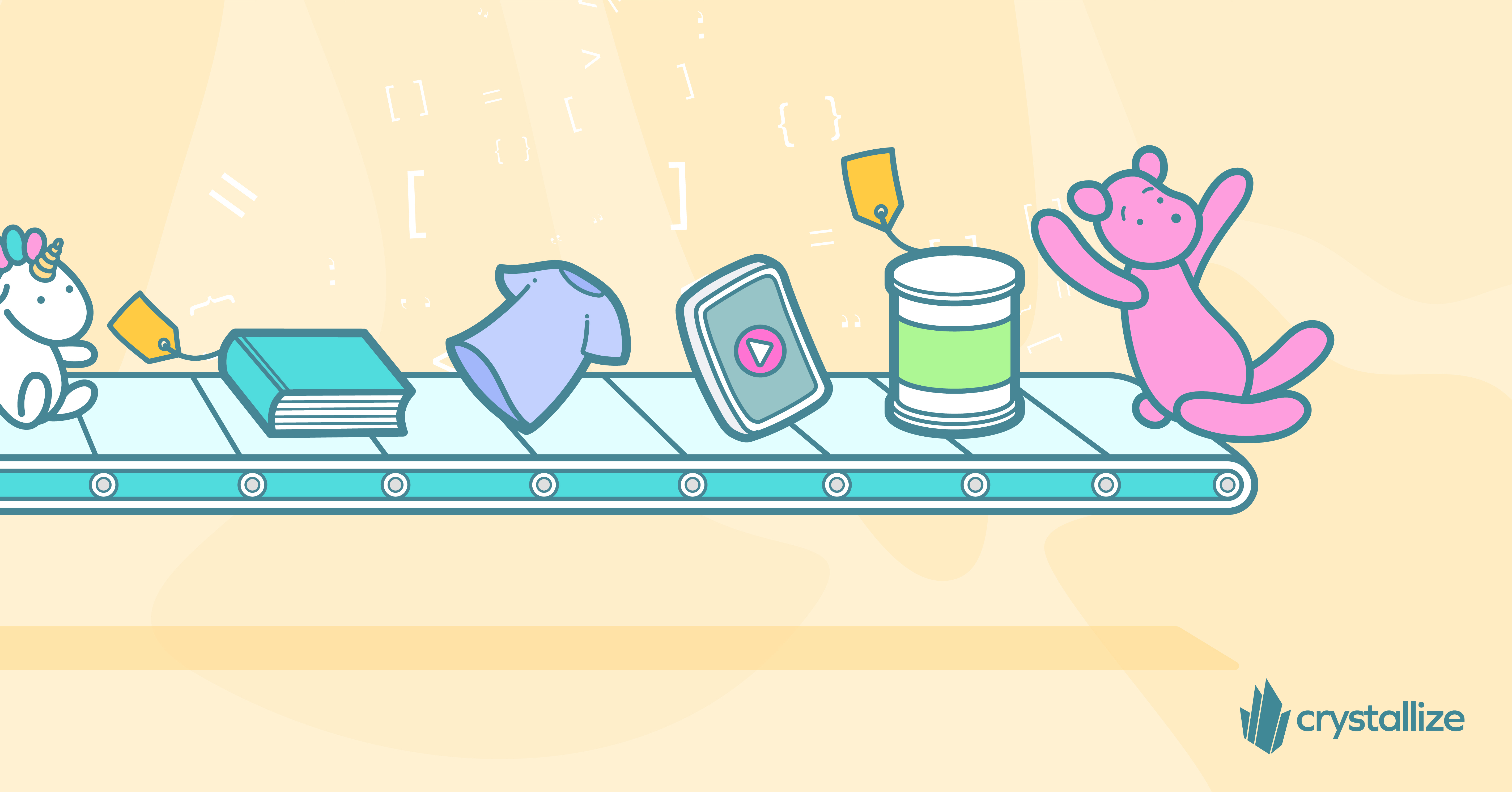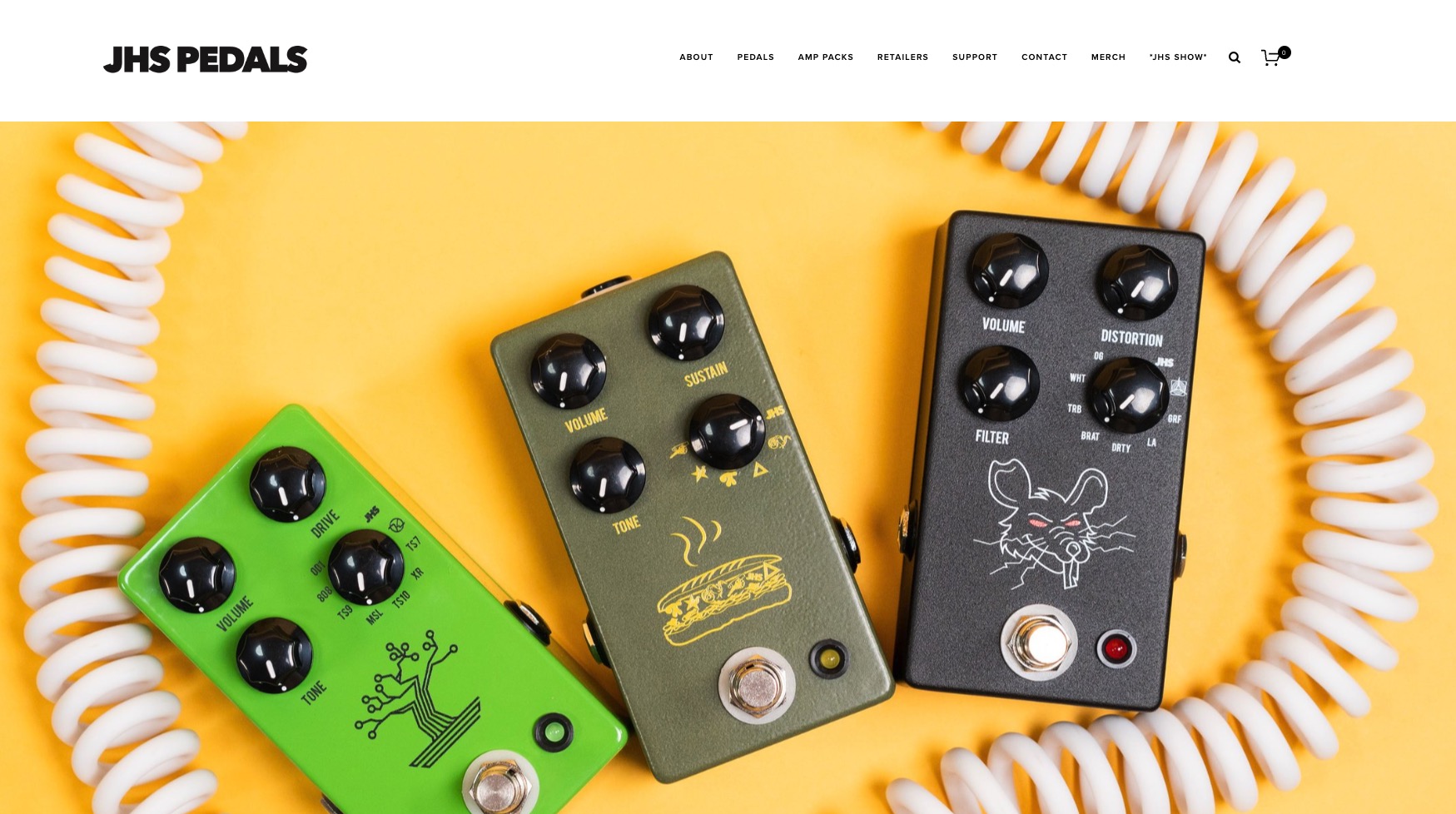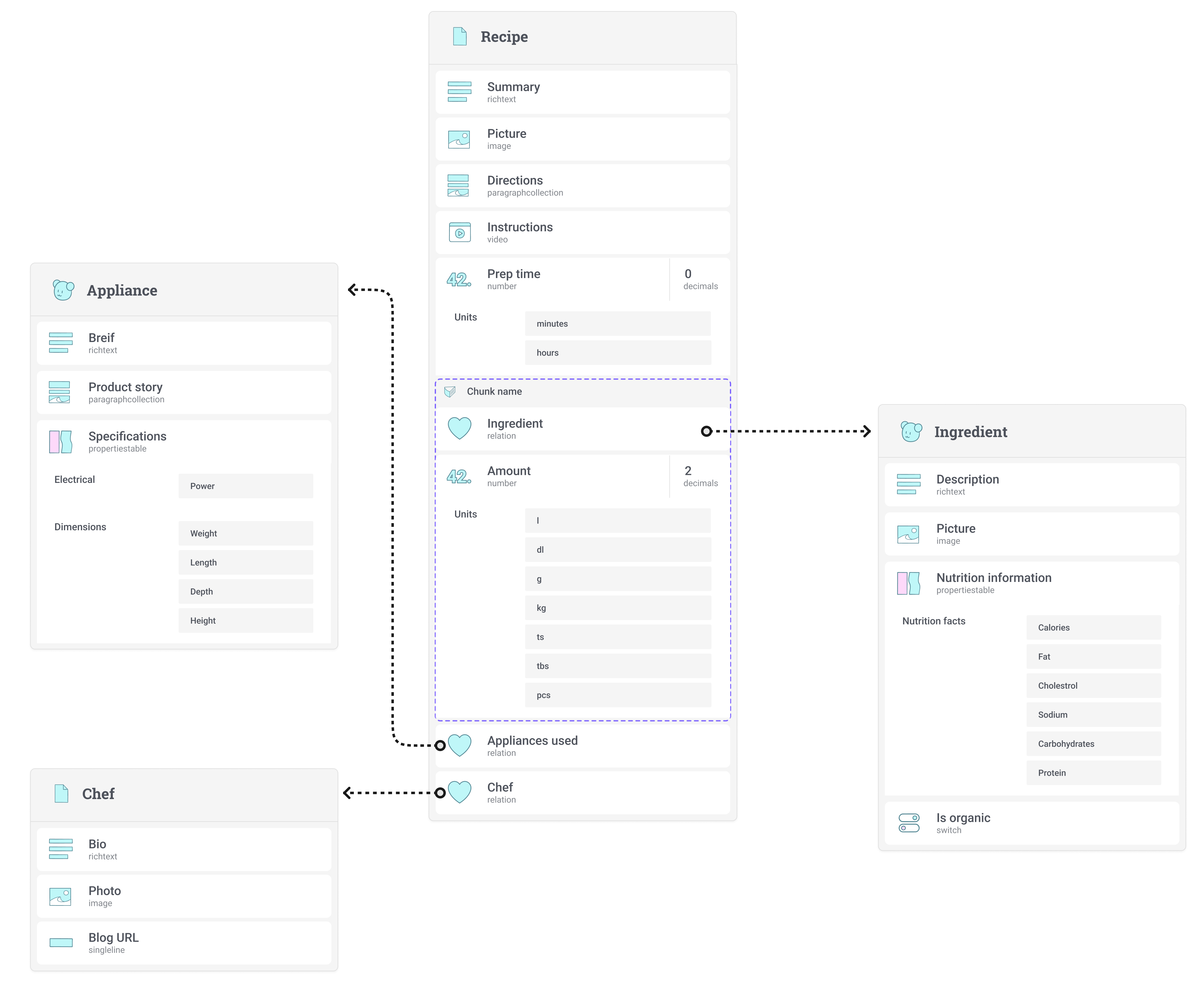The Future of PIM is on the Edge
Edge computing makes it possible to deliver and process data even closer to end-users today, and businesses are slowly discovering the potential it offers.

Product Information Management (PIM) is the service where you manage the information required to market and sell your products regardless of the channel. Today, brands are (kind of) pivoting towards providing richer product experiences for their clients to inform and inspire, upping the bar for the product information you need to manage.
Traditionally PIM has been back office software where product information is imported into an eCommerce solution.
We believe the future of PIM is on edge, powering modern eCommerce frameworks directly. Powering product storytelling and innovation speed.
But First, Some Product Information History
What most people think about as PIM today started with master data management (MDM). This was back in the grunge era of the 90s. The goal was to have a single source of truth to manage the basic product information like naming, SKUs, and pricing.
A dedicated Master Data Management (MDM) or Enterprise Resource Planning (ERP) is/was often used for master data management if and is the main source of truth for the base product information (SKU, GTIN, name, and references for manufacturing and sales processes). MDM is typically where the products have to be defined before any manufacturing process or sales process can start. The basics.
Now that you have your core product information, you want to merchandise your products in distribution channels. Back in the early days of the Foo Fighters (the late 90s), this typically meant printed product catalogs.
Even today, being able to distribute product catalogs is still relevant. But typically as an electronic PDF product catalog. Of course, the peak of printed product catalogs was in 2016 when the IKEA catalog was distributed in 200 million copies. Actually, the IKEA catalog was the world's most distributed book at the time.
PIM software usually has a bit more information about the products than MDM. But still quite basic core product information. As the requirement for richer eCommerce experiences increased, the PIM category evolved to PCM (Product Content Management). Well, at least according to some, it was just another buzzword to say that you now could manage product images and descriptions to better power your eCommerce channel(s).
PXM or product experience management is another three-letter acronym (TLA) invented by our industry. This is often mentioned as the next iteration of PIM, where you manage more market-specific product information, like an optimized set of product data for the French market.
At the same time, DAM (Digital Asset Management) has emerged as a separate solution focused on a single source to manage your assets. Basically, DAM serves as the source where you organize and distribute your images, videos, and files.
Phew, that is a good list of TLA words.
Today, PIM software is typically used to manage your product information internally in your organization. Then exported to an eCommerce service.
Now, that is how it used to be.
Headless eCommerce for Product Storytelling
With the boom in eCommerce in the last decade, there is a shift going on where brands are looking to connect directly with their consumers. To learn more about the customers, but also to create a stronger connection with the customer and the brand. This is done by relying less on established marketplaces and creating owned channels like websites and Apps.
This is true for business-to-consumer (B2C) and business-to-business (B2B) but also for brands selling via specific distribution channels.
A great example comes from the US company JHS Pedals, designing and engineering guitar pedals. They have launched a really great YouTube show, the JHS show, where they, as a manufacturer, are providing insightful and entertaining information - mostly on their competitors.
Creating trust. Awesome content marketing, BTW.

This means that brands are providing more detailed information about their product and usage via rich media and videos. They are telling the story behind the product, the company, how to use the products, and the inspirational content.
This is what we refer to as product storytelling.
In a headless eCommerce context, you have access to the product information in a structured format so it can be reused in any channel. In Crystallize, we have a GraphQL PIM API as the approach to accessing your content in real time.
The Product Universe
The foundation for product storytelling is what we refer to as the product universe. The product universe is a combination of the product information and marketing content required to market and sell your products or services in any channel.
An example we like to use is if you are selling produce or food, then your storytelling or content marketing is likely to be focused around recipes. This combines both the information about a chili pepper but also how you can cook a delicious dish with it.
This product universe, as exemplified below, enables you to:
- Optimize for SEO for both ingredients (produce) and recipes
- Create inspiring recipes to be shared on social media
- Merchandise new products by featuring them in recipes

Headless Architecture for Modern Frontend Frameworks
With the popularity of building the next-generation web using modern frontend frameworks booming, there is a need for modern services that provide information via APIs. The frontend revolution is happening at the same time as we are seeing the emergence of the API economy. Any service today is basically expected to have an API that you can connect to.
In a headless architecture, you have a composable stack of individual services that you can use as the foundation for your owned channels. You basically bring the frontend technology of your choice and compose a few API services as your backend, sprinkled with your own unique web services that act as the glue in your technology stack.
Supporting a strategy of buying commodity services and building innovation on top of that. Leading to more rapid innovation cycles.
PIM on the Edge
I’ve already mentioned that the PIM systems are often seen as a service that is used internally in an organization and are not designed to be directly consumed by modern channels. I believe that product information should be instantly available on edge for super fast delivery to the given channel.
Providing globally distributed (Aka Edge) delivery of data, you can also achieve local transport of data. You basically transfer the data to shorter distances. Meaning less energy consumption. Supporting your sustainability goals by reducing your overall footprint.
The real-time GraphQL PIM API in Crystallize, for example, is designed to power a fast eCommerce shopping experience in any channel. This means you can access the PIM API from the Edge to power modern eCommerce frontends directly, for example, building a Remix eCommerce site.
Channels can be for building owned channels like your webshop, App, or point of sales. But also syndication channels to merchandise your products in marketplaces like Amazon, Zalando, or Google Product feeds. Even good old product merchandising with PDF product catalogs can be done with this approach.
PIM on the Edge simply allows for real-time access to your product information. You can directly optimize the data for the given channels, meaning you transfer fewer data transported shorter distances.
We have created a Page Speed ROI calculator to show the direct and indirect impacts this can have on your business. Remember, Milliseconds Matter.
